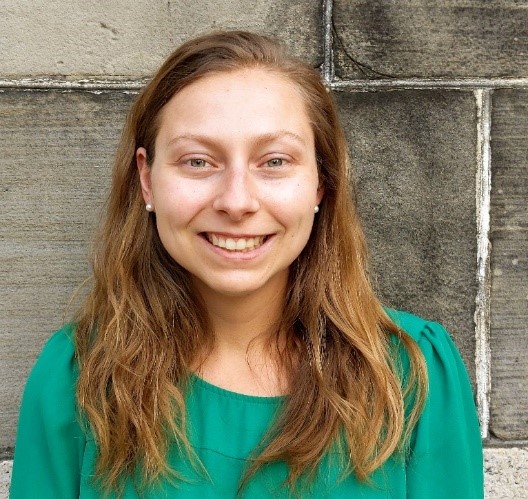Katherine Hinnant, Graduate Student, Miller Lab, GW Department of Chemistry
Characterizing trends between surfactant structure, fuel transport through a foam layer, and foam fire extinction performance for firefighting foams containing novel environmentally-friendly surfactants
The Department of Chemistry Presents, via Online Zoom Presentation: Katherine Hinnant, Graduate Student, GW Department of Chemistry, Miller Lab
- Please note that this is a Wednesday Seminar
Current firefighting foams contain fluorinated surfactants that rapidly suppress fuel pool fires, but are environmentally harmful. To find an environmentally-friendly alternative, we must understand the relationship between surfactant structure and fire extinction time. We propose that fuel transport through a foam layer could characterize this relationship: surfactants that slow diffusion from the fuel pool to the flame above will extinguish the fire faster. We designed experiments to better understand the foam/fire environment and quantify fuel transport through a foam layer to probe this hypothesis. An in-situ CO2 tunable diode laser spectroscopy (TDLAS) extinction measurement was designed to provide detailed information about the foam as it was extinguishing a fire. An ex-situ fuel flux measurement of heptane vapors through a foam layer was designed to quantify fuel transport through a foam. We assessed a variety of siloxane surfactants individually, mixed with hydrocarbon surfactants, and with hydrotropes as an additive. These variations resulted in a range of properties and firefighting performance, allowing us to develop trends between measured values and extinction time. We identified a promising foam solution that was able to extinguish a fire through synergism between two surfactants in solution. However, trends in fuel transport through a foam layer were unable to explain trends in fire extinction time. We must consider other mechanisms of foam/fire suppression in order to understand the connection between surfactant structure and fire extinction time. Surfactant synergism appears to be a viable path forward for improving fire extinction performance of individual surfactants.
BIO: Katherine Hinnant is a graduate student at George Washington University, advised by Professor J. Houston Miller. After receiving her bachelor’s degree in Chemical Engineering from the University of Virginia in 2014, Ms. Hinnant began a research career at the U.S. Naval Research Laboratory (NRL). Through a graduate training program offered at NRL, Ms. Hinnant has pursued her Ph.D. in Chemistry while continuing research at NRL. Ms. Hinnant specializes in fire science and has developed experiments using absorption spectroscopy to better understand fires and fire suppression. She also has experience characterizing new materials and surfactants used in fire suppressing materials.
Click here for the link to the Miller Lab

